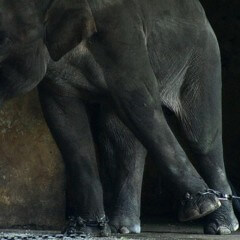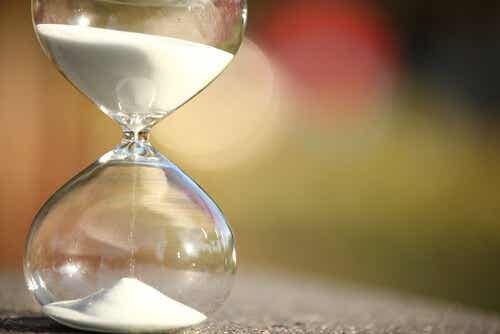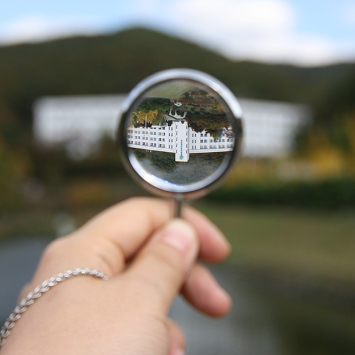The Goldilocks rule states that humans experience the greatest motivation when working on tasks just above their abilities. Neither too difficult nor too easy. Simply the right

Last update: January 28, 2021
How to hold on to your dreams and stay motivated at all costs? James Clear, a well-known entrepreneur, offers a simple and scientific answer. All we have to do is follow one simple rule: the Goldilocks rule.
Clear explains that while there is still a lot to learn, probably the best way to keep motivation high is to work on goals that are "not too difficult."
When you face too simple a challenge, you risk getting bored; while when you face a huge one, you risk being disappointed. It is therefore necessary to have a goal that goes a little beyond what has been achieved up to that point. That isn't too boring or too difficult. This phenomenon is what James Clear calls The Goldilocks Rule.
“The Goldilocks rule states that humans experience the greatest motivation when working on tasks just above their abilities. Neither too difficult nor too easy. Simply the right. "
-James Clear-
Finding this sweet spot of difficulty will not only help us stay motivated, it will also make us happier. Clear quotes psychologist Gilbert Brim to support this aspect: "One of the most important sources of human happiness is to work on tasks with an adequate level of difficulty, neither too difficult nor too easy."
How to stay motivated using the Goldilocks rule
Clear uses the example of a tennis match against an equally trained opponent. The game takes place by scoring points and losing others, but if you really want it, you have all the credentials to win it. At this point, the focus narrows, distractions disappear and you are completely immersed in the activity.
The challenge in this case is "simply manageable". Even if victory is not certain, it is still possible. Clear explains that these are the goals that keep us most motivated over the long term, as science has found.
“Humans love challenges, but only if they are in the optimal difficulty zone. Goals significantly below your abilities become boring. While goals significantly beyond one's abilities become daunting. But goals that are right on the edge of success and failure are incredibly motivating for our brains. What we want is to master a skill just above our current horizon ».
-James Clear-
That's why, says Clear, working towards goals that mirror the Goldilocks rule is one of the best strategies for keeping motivation alive in the long run. The lack of motivation can be due to boredom or difficulty.
Bringing your goals to the limit of your abilities, at the point where you feel both the challenge and the confidence of being able to do so, is the only way to maintain motivation.
Measure your progress
The combination of happiness and performance is known as flow, says Clear. Flow, as a state of maximum motivation, is that state of mind that one experiences when one is so focused on an activity that everything else disappears.
The researchers also discovered another factor related to flow states, which is whether or not they apply the Goldilocks rule, explains Clear. If you work on challenges of optimal difficulty, you are not only more motivated, but you also experience a surge of happiness.
However, to reach this state of maximum performance, it is not enough to dedicate oneself to challenges of the right degree of difficulty, but also to measure one's immediate progress. As psychologist Jonathan Haidt explains, one of the keys to achieving the state of flow is to obtain immediate information about one's progress. In this sense, says Clear, measurement is a key factor in motivation.
"Taking on an optimal challenge and receiving immediate feedback on progress towards your goal is one of the most important components of maximum motivation."
-James Clear-
Finally, one last curiosity: the Goldilocks rule takes its name from The story of the three bears. In the story, Goldilocks enters the house of the three bears and tries everything about her until he finds what he does for her. He has no qualms about eating a bowl of milk that is too hot or sitting on a chair that is too small or lying on a bed that is too low. While the end of the story has little to do with the Goldilocks rule, it's an interesting source of inspiration.


























